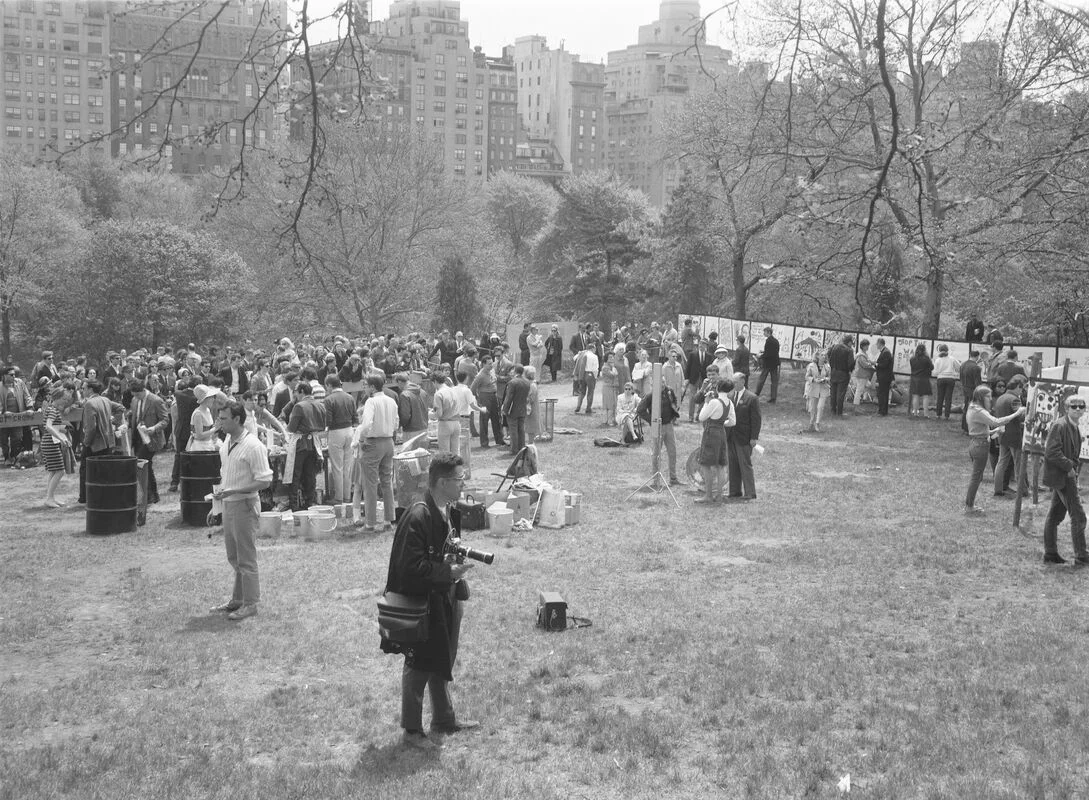Rough Paradise: Sex, Art, and Economic Crisis on the New York City Waterfront
By Jeffrey Patrick Colgan and Jeffrey Escoffier
New York City was for many years one of the world’s leading ports. In the early 1950s, the docks in New York City, by far the country’s busiest, directly and indirectly supplied, according to the City’s Department of Marine and Aviation, livelihood for almost 10% of the city’s population. Nevertheless, even then there were signs of the port’s impending doom. Plagued with racketeering, traffic congestion, and outmoded facilities, the invention of container shipping was the final straw. Without adequate rail and road access and the space to operate cranes and stack containers, most of the port’s Manhattan-based business moved to New Jersey where new container facilities were being built.
Read More









